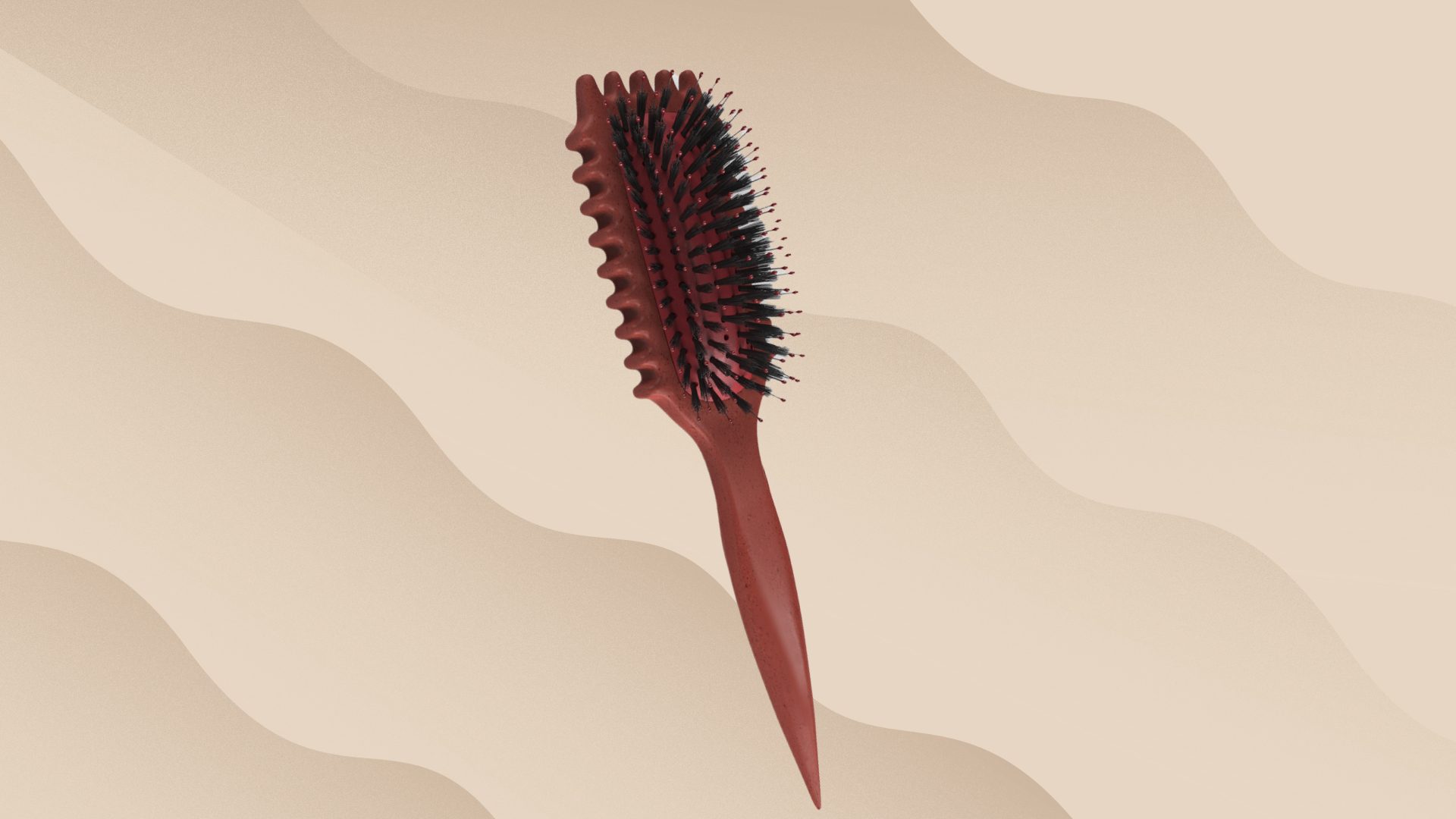

Braid extensions have been around since forever and many women have used them over the years as protective styles to grow longer, stronger hair. But for every one women who reaches her hair goals with braids, there are several more who experience damage and breakage from this style. To avoid making the common mistakes many women do when wearing braids, read on for helpful tips to ensure that you get the most out of this style.
Deep Condition Before
Before even considering installing braid extensions, you have to ensure that your hair and scalp are strong enough to handle the extra weight and tension of the braids. To prepare your hair for braids, I would suggest doing a strong protein treatment followed by a moisturizing one at least twice before event thinking about braiding your hair.
Also, try to solve any scalp issues you might have that may be weakening your hair. For instance, try to focus on curing dandruff, dry itchy scalp, any fungal infections, etc.
Installation
Properly installed braids are the key to maximizing your hair growth. Failure to install your braids correctly can do more harm than good, and leave you with breakage and thinning hair. Here are some guidelines to follow when installing your braid extensions:
- Parts should be smaller than half an inch by half an inch. By creating smaller parts less hair is being incorporated into each braid. This means that fewer strands will have to bear the weight of the added hair creating more tension than if a larger part was created and more hair was used.
- Braids should never be bigger than the part. In order to achieve a fuller look and hide some of the parts you may be tempted to use a lot of hair per section to braid. The problem with doing this is that you are forcing only a few strands of hair to bear a lot more weight than they are accustomed to. This could cause the strands to snap from tension created. See the guide below for further detail.
- Do not try to braid all of your edges. The edges of your hair are very weak and fragile and susceptible to breakage. Most people experience breakage from doing everyday things like brushing their edges and wearing too many back to back ponytails, so you can only imagine the breakage that can be caused by braiding the edges tightly and leaving that tension on it for a prolonged period of time. Try to use larger sections when braiding the front to distribute some of the tension throughout more hair strands. Also, avoid braiding the very front of the hair. Try leaving out the very front and simply applying a pomade and a scarf for ten minutes to smooth it down.
- Use less hair near your edges to avoid adding too much extra weight and try to redo them whenever they get loose to prevent tension from remaining on the same region of the hair shaft continuously.
- Ensure braids are not too tight. Contrary to popular belief tighter braids will not increase hair growth. The tightness, apart from causing damage, can lead to tension headaches and unsightly bumbs and sores.
Maintenance & Cleansing
There are many ways out there to wash braid extensions. I find that the most effective way is to split the hair into four sections, then using watered down shampoo and your fingers, apply the shampoo to the scalp and rub gently to lift the dirt off of the scalp. If you have a lot of product buildup from using greases, oils and growth aids then the use of a soft and small baby toothbrush can help. Just ensure that you do not rub too hard.
- Once the dirt has been lifted off the scalp, band your four sections of hair to ensure that the braids remain in a downright position and do not mat during the washing process. Take more diluted shampoo and pour it over your head and squeeze sections of your braids to ensure that the shampoo penetrates the braids and cleanses the hair inside. Once done run your head under the water until it rinses clean ensuring your hair is still banded to avoid tangling.
- You can now apply your deep conditioner, then conditioner, avoiding your scalp to prevent build up and squeezing the hair to ensure that it penetrates the braids. Rinse really well as conditioners and deep conditioners tend the be thick and could cause build up which can make removing the braids and detangling the hair once they are out difficult.
- Keep braids banded until they about about 50 percent dry, then remove then bands and gently finger detangle if you have loose ends. Removing the bands before the hair is completely dry will prevent your hair from drying with the shape of the bands in them.
Moisture
It is important to remember that you still have hair underneath your braids that require TLC. The same way you moisturized your hair when it was loose, you need to ensure that your hair is moisturized while in braids. In fact, your hair may need more moisture as the braided hair can absorb some of the moisture from the hair. To ensure that your tresses do not become thirsty, use a liquid moisturizer or braid spray twice daily, spraying it on liberally. A liquid moisturizer is best as it can penetrate the braids and get to your actual hair better rather than simply sitting on top and will help to prevent build up on your braids, especially at the root.
Also this is a good time to keep your scalp happy with oils.
Take Down
The procedure used for removing braid extensions is just as important as the one used for installing them. The right technique is key to ensure that you hold on to as much your new growth as possible. To help to make the hair more slippery and pliable, try using a water, conditioner and oil mix to unravel the braids. Once it is out, detangle that section of hair right away rather than trying to tackle one large section. Do not run a comb through it, simply remove any residue at the base and gently pull the hair apart.
Also keep in mind that a lot of hair shedding is normal. It is estimated that we shed about 100 hairs per day, so if your hair has been braided for a prolonged period then that shed hair is only now being removed from your hair.







Lastly, to prevent a nightmare of a detangling session, do not leave braids in your hair for more than 2 months, and even that is pushing it. You will end up losing more hair to tangles and knots than you will gain in hair growth.
Want More?
Learn more about protective styles.
Final Thoughts
I hope this info helped, and if I left anything out, please feel free to share in the comments section.







